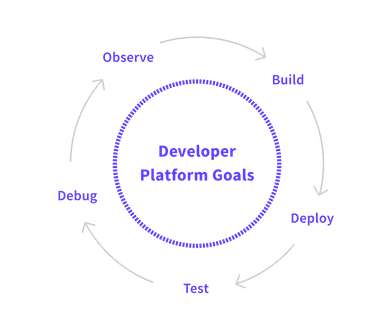The DevOps Trends Forecast for 2020
RapidValue
APRIL 20, 2020
Some of the notable technologies and tools boosting the cloud-native model are microservices, containerization, Agile methodology, CI/CD and the like. . Containers aid in rolling out faster updates because the application is distributed into different microservices that are hosted in different containers. The Switch to Assembly Lines.

















Let's personalize your content